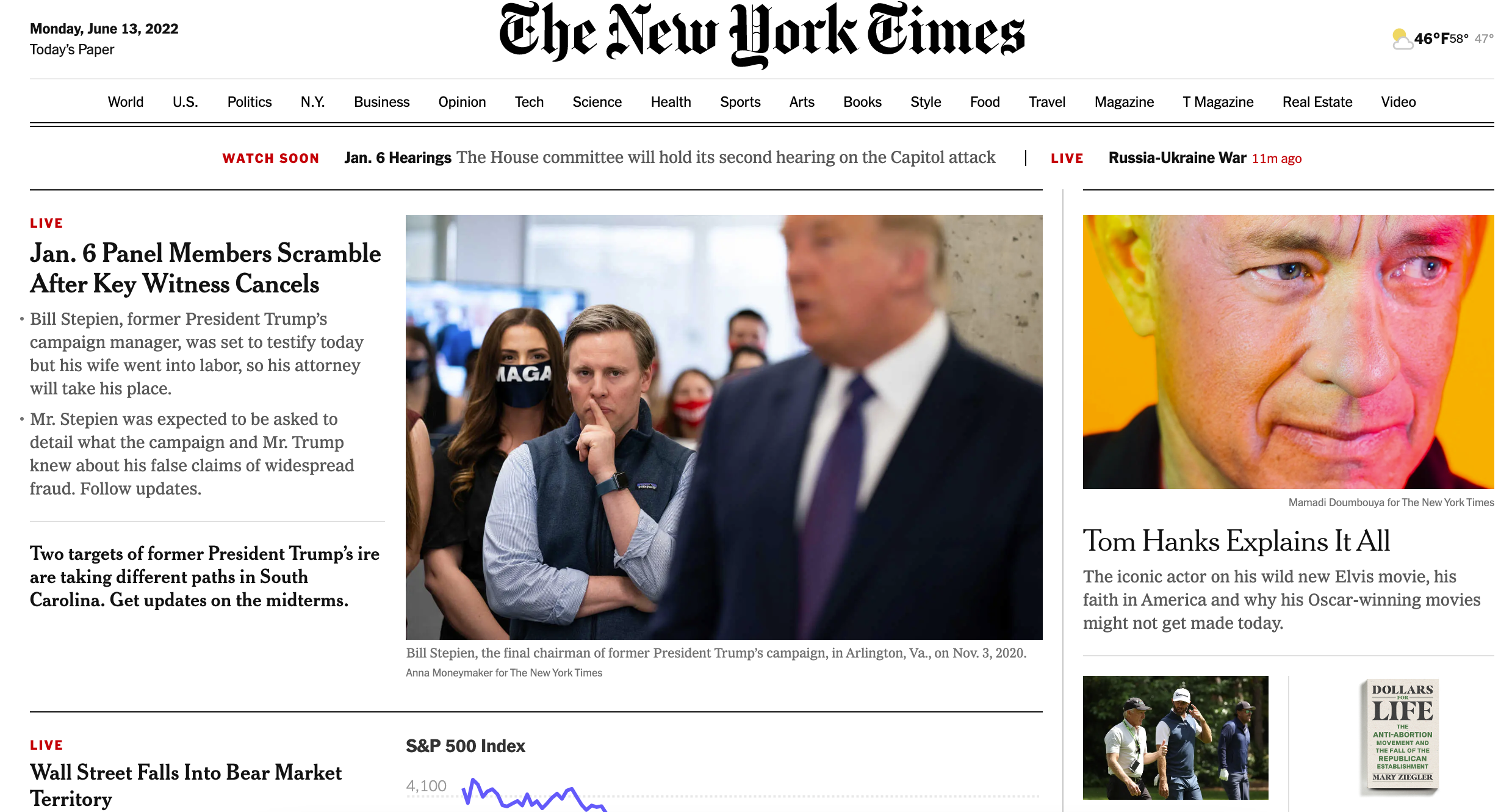Wait ‘n See
Two worlds, separated by the vast distance of space, were put on a collision course. The change of solar poles and the slight pull of an asteroid changed it all. A cosmic balancing act was slighted.
All the scientists and analysts saw this coming. They wrote books, published papers, made announcements on newscasts and podcasts and simulcasts and livecasts. A cottage industry sprang up in both worlds, equally profitable and popular, to refute the experts.
Even as the two worlds came closer, it became clear some refused to believe in a correlation. You could see the other world in the sky. Children ran outside, waving to other children on the other world. Birds began traveling between the two worlds, crossing the span of space and landing on alien but familiar trees.
The first human object to cross the span was a soccer ball. It was a marketing stunt. Adidas praised the ability of sport to bridge divides. The most popular news program that day on both worlds was commentary by men who know nothing about the intersection of these worlds refuting claims of the ball existing — that the ball couldn’t physically cross the space.
After the soccer ball was launched into the other world, music was broadcasted back and forth. Residents of both worlds were equally shocked and surprised by the similarities in their music. Like the birds, they heard the music, familiar but new.
The militaries of both worlds began to mobilize when buildings came close to touching. They lined up, practiced drills, lobbed flares, and ranged howitzers.
The scientists, the ones who saw this happening for years, were puzzled. It defied everything they knew. There was no historical basis. No playbook. They just had to wait. To see what would happen when two worlds collide.
